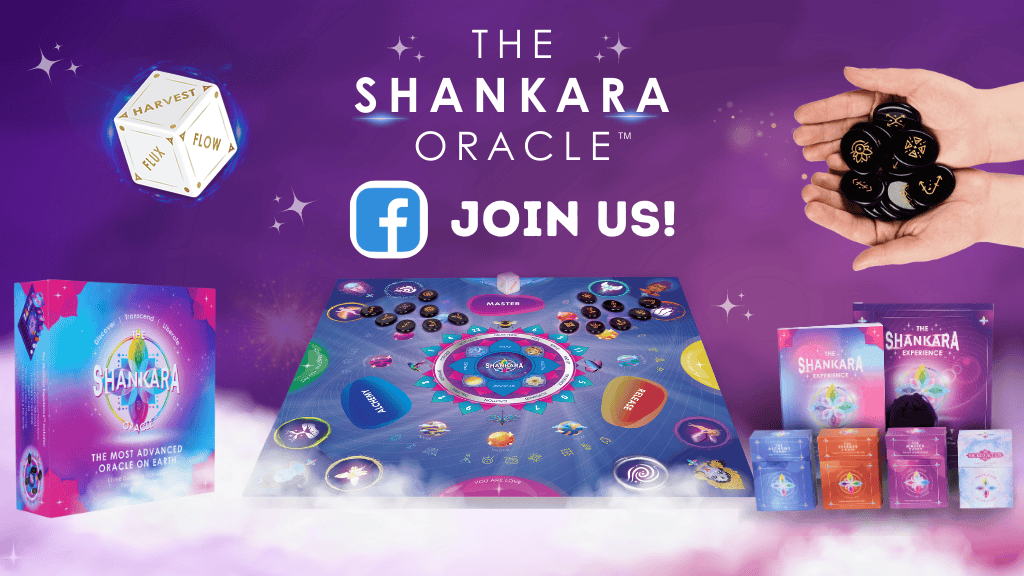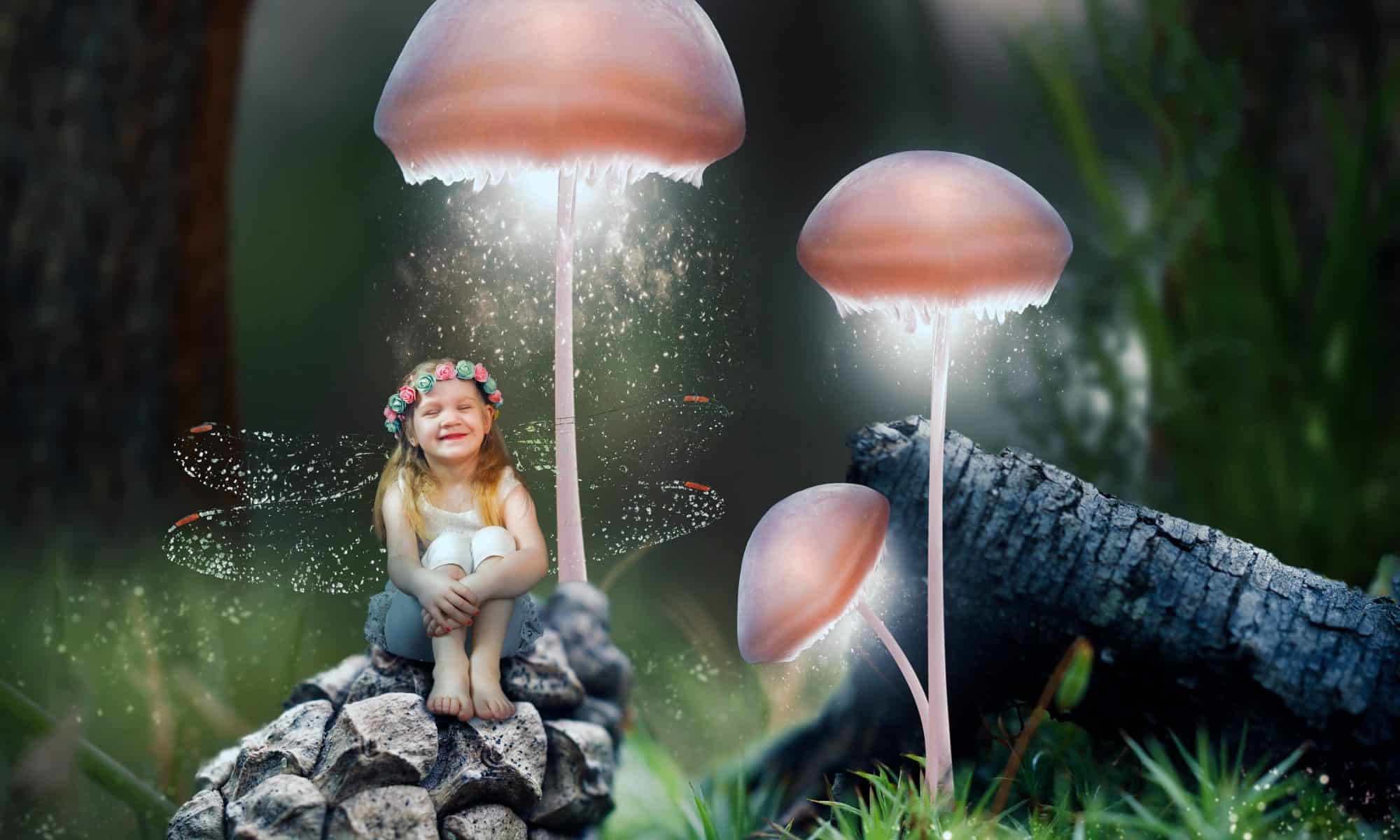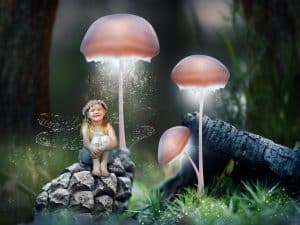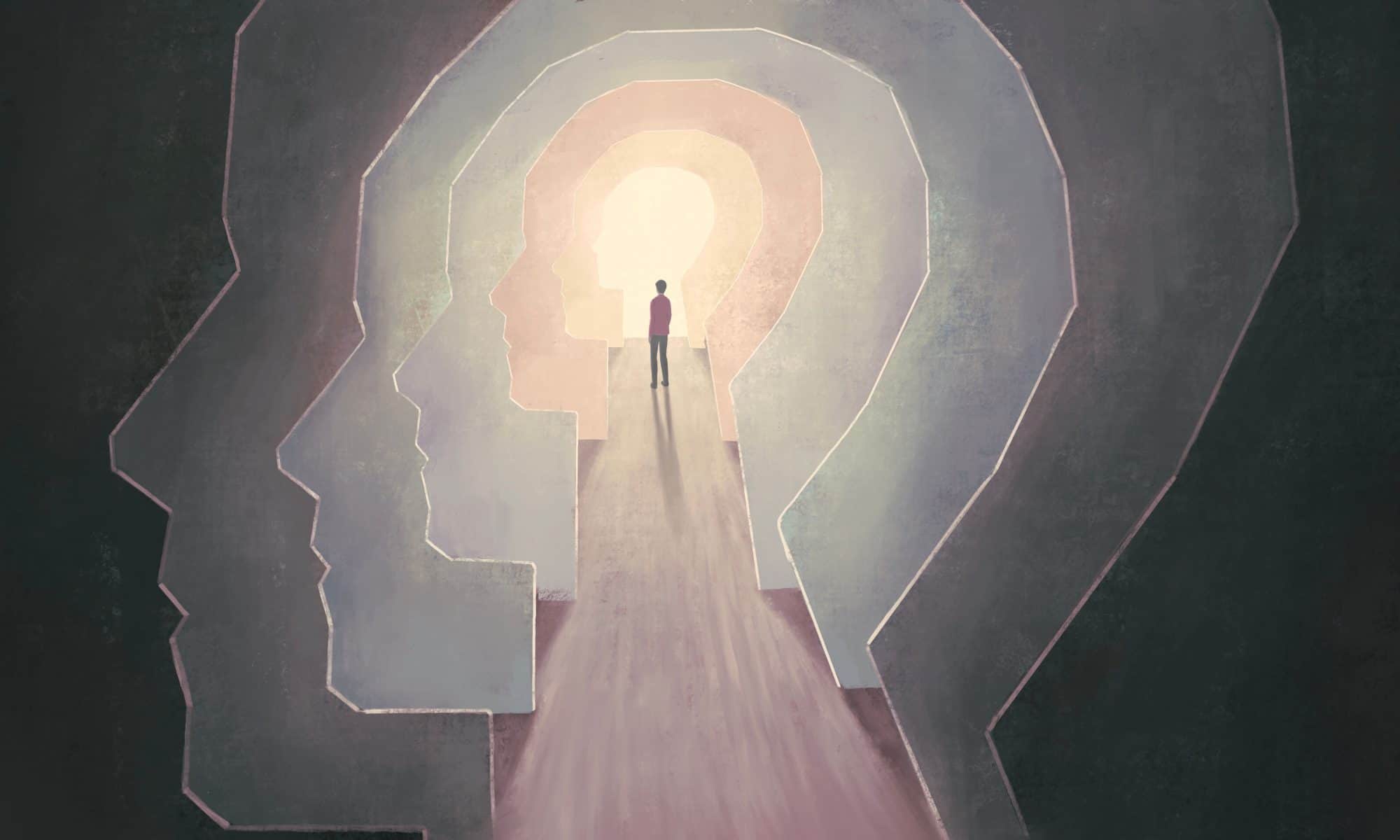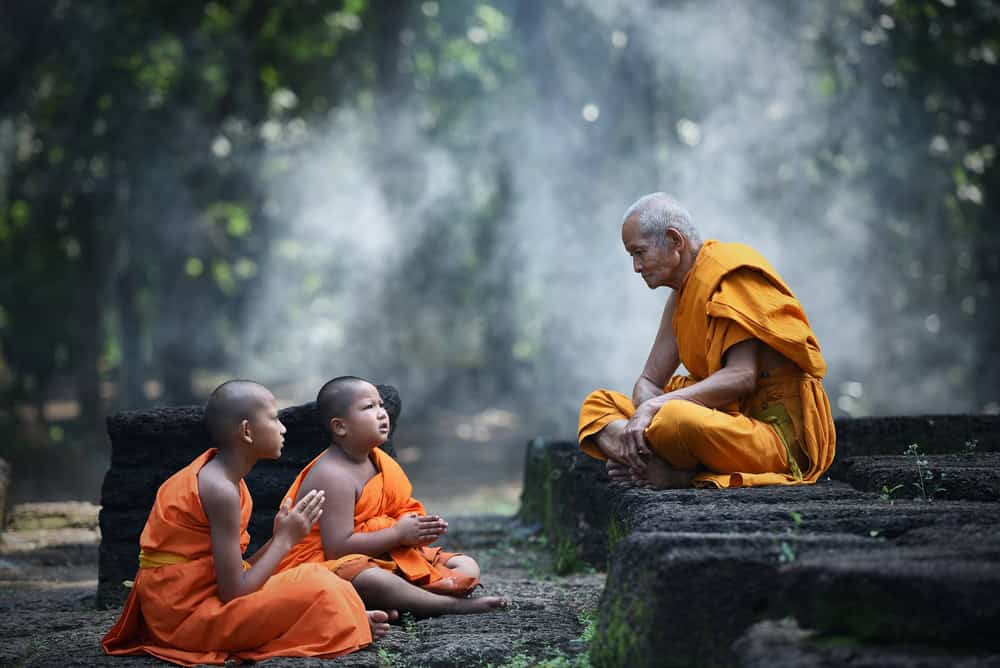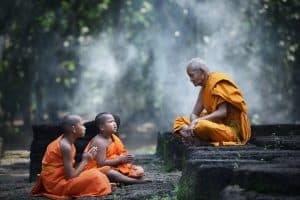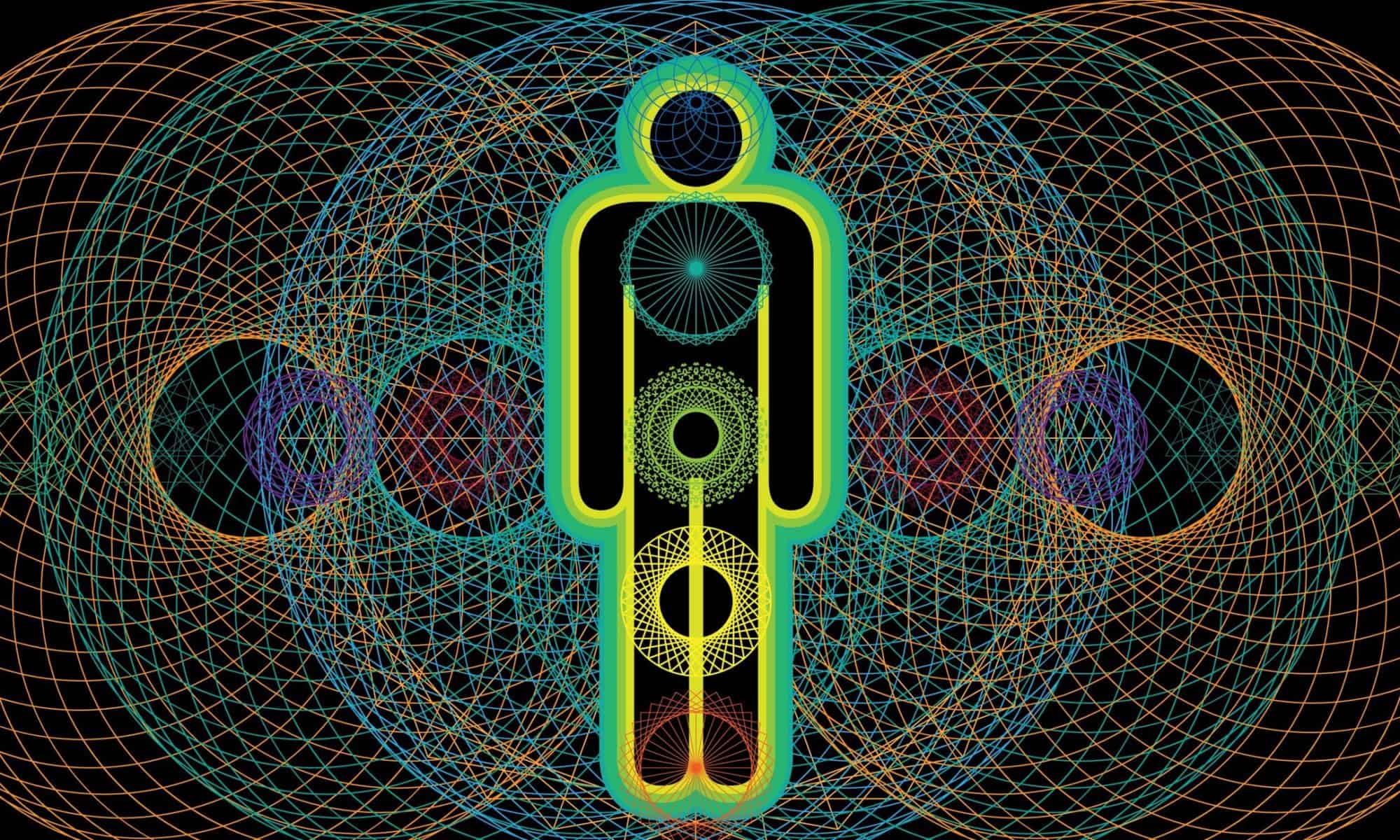
What’s the Difference Between an Intuitive Coach and a Psychic?
If you’ve been seeking guidance, whether that’s in your love life, your family relationships, your career, or even your spiritual journey, you might be at a loss for where to look. These matters are very important and intimate, so you want to make the right decision surrounding who to confide in and trust for advice. Intuitive coaches and psychics can be some of the best confidants and helpers – they can see beyond to your true self, the root of the problems you’ve raised, and reach out into the spiritual world for you to gain otherworldly knowledge.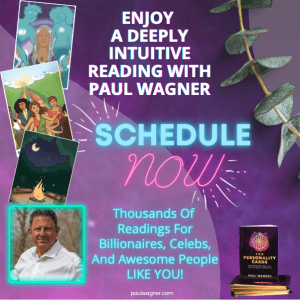
People who are highly sensitive and trained in this kind of cross-dimensional communication, however, choose to label themselves differently. After some research, you might be dying to know exactly what the difference is between an intuitive coach and a psychic, and which one would be a better choice for your specific situation and desired outcomes.
As an intuitive coach myself, I’d love to set the record straight and help you find the guidance you need!
Is There Really a Difference Between an Intuitive Coach and a Psychic?
At the end of the day, we’re all tapping into something. I like to believe that everyone has the ability to really dive deep into themselves and become one with the Universe. That Universe is the same no matter who you are, it’s just how we choose to or are able to access it that can differ. For this reason, lots of people choose their own titles for labeling their abilities, but it’s really just splitting hairs sometimes!
Highly Sensitive People and Empaths
On one hand, there are highly sensitive people who feel everything very deeply. They could be empaths – people who can connect so fully with other people animals, or objects that they experience the others’ experiences firsthand. They can connect and become one with the other, helping them to deeply understand the other’s situation – and if they choose – offer guidance with that knowledge.
Empaths are a subsection of what I call Highly Sensitive People. In general, these people have senses heightened beyond the normal levels. They might react more extremely to certain situations, emotions, and thoughts. Being a highly sensitive person does not always mean that you are connected to the beyond. It could mean that your brain is just wired differently and you react to things on a more extreme level. In other cases, having the symptoms of a highly sensitive person could be the result of an untapped ability as an intuitive or psychic.
If someone is a highly sensitive person, but not fully an empath, they might not be able to offer sufficient guidance. They can be a great confidant because they can connect with you on a deep emotional level and share your emotions, but they probably do not have access to the otherworldly knowledge or a formed skill in guiding others.
Even certain types of empaths might not be able to help you. They could be able to connect with you so deeply that they experience what you’re experiencing firsthand, but again, they might not have formed their skills in turning this connection into something that could help guide you.
True Intuitives and Psychics
While it’s very possible that highly sensitive people and empaths are also genuine psychics and intuitives, it’s often not the case. True intuitives and psychics have the ability to raise their consciousness, move their egos aside, and connect with the Universe beyond themselves. Some that have not completely tapped into and formed their talents yet might not be the best for guidance, but with time, they can become powerful coaches and helpers. 
There are many types of psychics, and each individual is unique. How they choose to form their talents and practice their psychic abilities can inform the type of psychic they become and how helpful they are to others. For example, psychics have generally gotten a bad wrap for being con artists and scammers because many have chosen to lean into the stereotypes. They might use tarot cards and speak to the dead to tell fortunes and feed into people’s greed for knowledge about their futures and love lives. They might exploit their abilities for profit only.
Regardless of their intentions, there are a number of different types of psychics. There are psychics who can channel the consciousness of another entity through themselves in a trance-like state. There are also those who can sense past, current, and future events through extra-sensory perception like hearing, seeing, and feeling things that others cannot. This ability comes under the umbrella of “clair-“, and is subsectioned into clairaudience (hearing or sensing sounds), clairsentience (experiencing emotions or sensations), and clairvoyance (sensing things beyond normal senses).
If a psychic uses the occult arts, such as tarot cards and other tools, to glean knowledge, this is called divination. There are other rare psychic abilites such as the ability to move objects with one’s will, called psychokinesis, and the ability to pull knowledge from objects by touching them, called psychometry. So many other forms of psychic abilities exist that it would be too much to mention them all here!
Is There a Difference Between Intuitive Coaches and Psychics?
The tarnish on the term “psychic” has caused many with these talents to seek other labels for themselves. Most prominently, the term “intuitive” has become popular. You might still choose to distinguish those with greedy intentions with the word “psychic” and seek out only “intuitives” who are using their skills to genuinely help others, but do not count out all people who label themselves by embracing the term “psychic.”
Unfortunately, this means that seeking out the right help for your situation can become a bit of a word game rather than an exact science. It matters more that you feel truly connected to your guide and trust their intentions rather than which term they use to describe themselves. The only fully formed line between psychics and intuitives is that intuitives have abilities to sense things from the beyond just on the merit of knowing, while some psychics only pull knowledge through utilizing tools from the occult arts, such as tarot cards.
That being said, not all psychics and intuitives choose to use their skills specifically for coaching others. If you’re specifically looking for a coach in a certain area of your life, you’re better off making sure that person offers that specific skillset rather than worrying about whether they call themselves intuitive or psychic.
Do I Need a Psychic or an Intuitive Coach?
Which type of person you need for your situation is going to be entirely unique to you. You may also choose to seek out different forms of help before you decide which one works best for you. If you need to connect with a loved one or an event, for example, you can speak with an intuitive or a psychic. However, you might find that those who call themselves psychic spend more time helping people with that need than intuitive coaches do.
On the other hand, someone who calls themselves an intuitive coach is likely offering their services for an entirely different purpose. They most likely focus on helping their clients with self-growth and tapping into their true selves. With deeper knowledge of their souls and their life paths, these clients would be able to see their lives, specifically their relationships and their professional growth, with a clearer vision and more direct plan moving forward.
If your needs sound a lot more like the latter – for self-growth and better awareness of your life path – then I’m always open to speak with you for a private session or coaching plan!
BLESSINGS!
As you reach toward liberation, you might want to explore having a coach, guide, or therapist to help you along your path. In the meantime, meditate, pray, and chant with loving attention toward the divine.
If you love this article, you will LOVE The Shankara Oracle.
Meet Paul Wagner
Paul Wagner (Shri Krishna Kalesh) is an intuitive mystic, clairvoyant reader, and a loving life & business coach. He created “THE PERSONALITY CARDS,” a powerful Oracle-Tarot deck that’s helpful in life, love, and relationships.
He created The Shankara Oracle, a profound divination tool that includes 18 gemstones, a lavishly designed divination board, and over 300 penetrative oracle cards – all to help you heal to your core and illuminate your Being.
Paul studied with Lakota elders in the Pecos Wilderness, who nurtured his empathic abilities and taught him the sacred rituals. He has lived at ashrams with enlightened masters, including Amma, the Hugging Saint, for whom he’s delivered keynotes at Her worldwide events.
Paul tours the world lecturing on spiritual liberation. He lovingly offers intuitive readings, inspirational coaching, and illuminating courses to help others with self-discovery, decision-making, healing, and forgiveness. Book a session with Paul: HERE

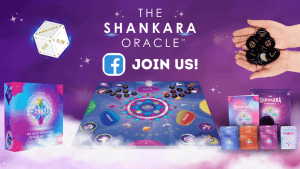

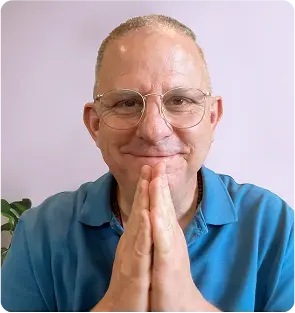

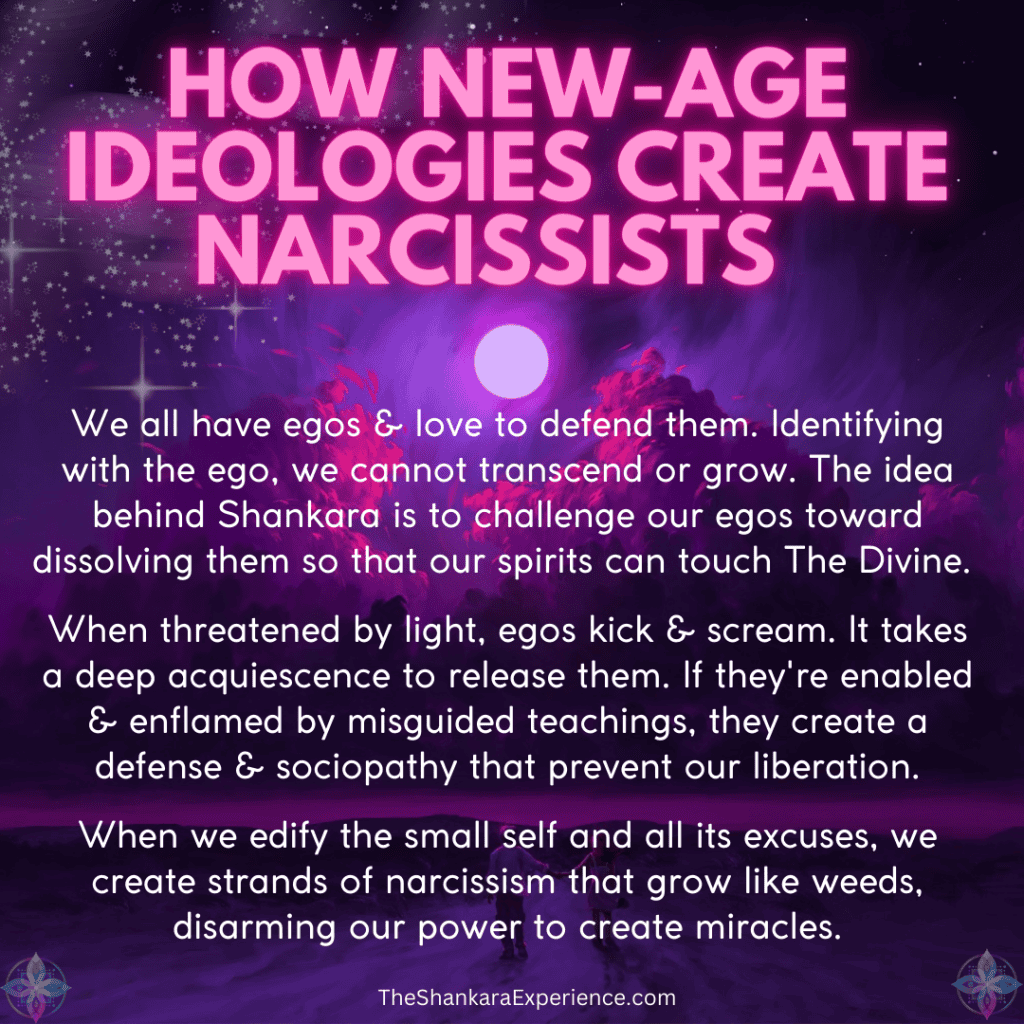 The New-Age Movement: Full of Narcissists Or Truly Magical People?
The New-Age Movement: Full of Narcissists Or Truly Magical People?